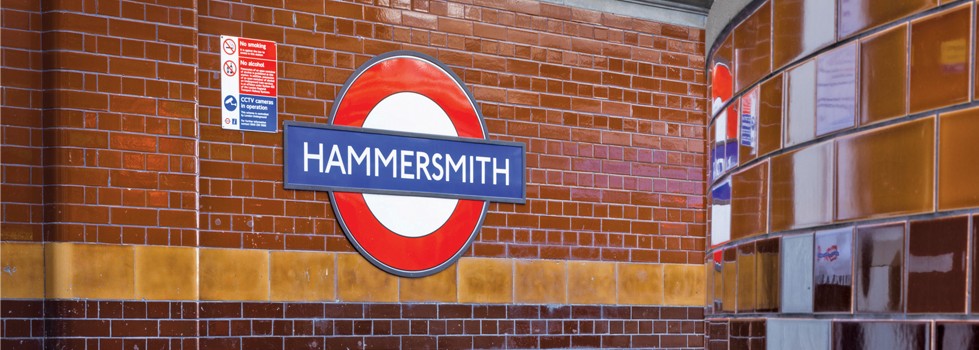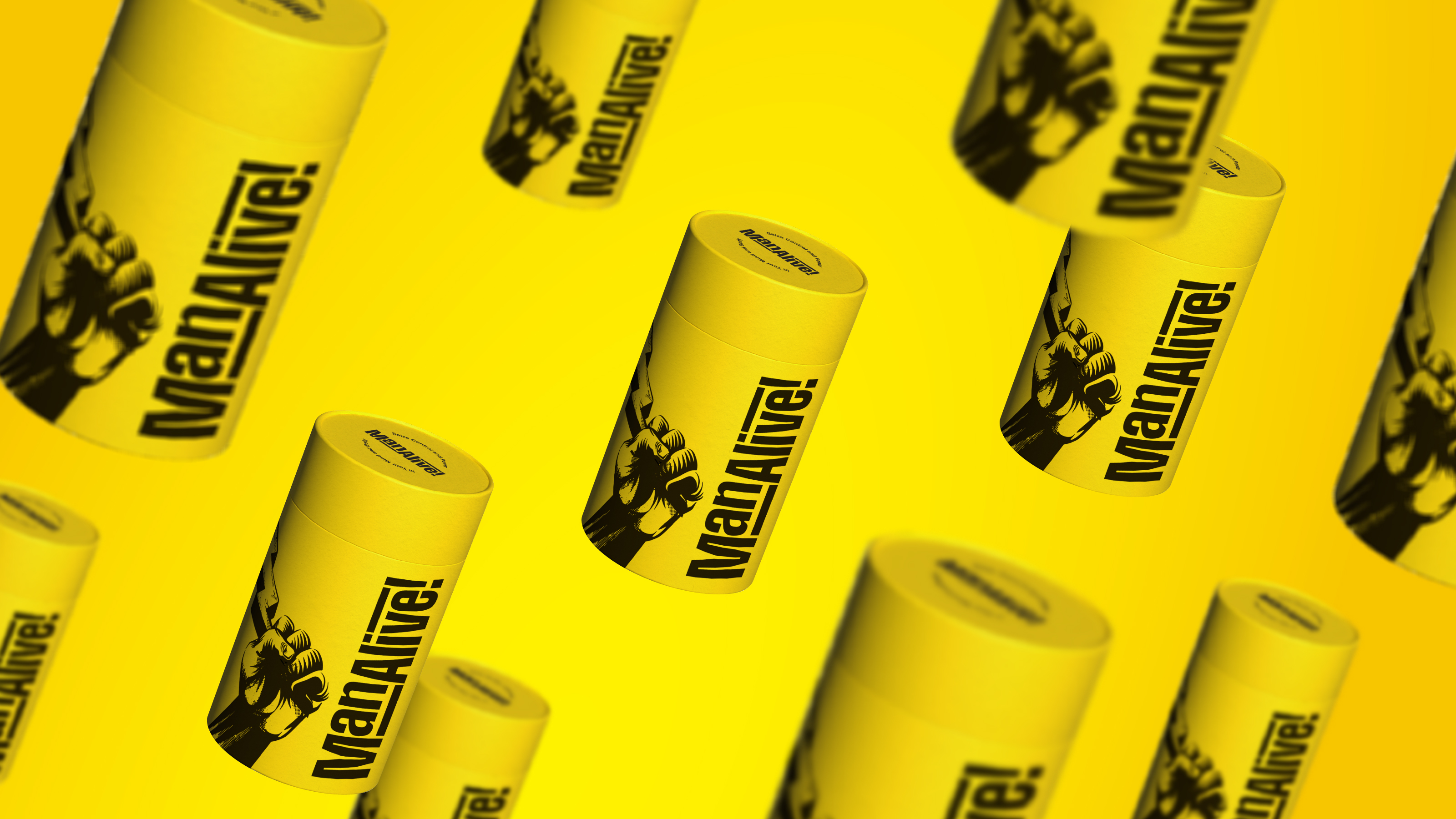Every time a consumer walks into a supermarket, they are hit with a thousand options. Red or blue? Two-for-one or half price? Value or premium? Iconic brand or unknown newcomer?
We don’t know about the other questions, but (despite the rise of discount retailers) the answer to the latter is almost always the iconic brand. With that said, achieving this iconic, instantly recognisable status is something almost all brands strive for. But is it longevity of design or quality of design that helps achieve this?
Considering Coca-Cola
Coca-Cola are without doubt one of the most iconic brands in the whole world and are celebrating 100 years of their famous ‘contour’ bottle design this year. So iconic is this piece of design, that the contour silhouette is the cornerstone of the organisations new “one brand strategy”, where each of Coke’s four cornerstone products is being aligned under one brand.
https://www.youtube.com/watch?t=26&v=6Y1YfhR5jws
Moving from four distinct products to one product with four variations is a bold move, but with the contour as the overarching concept and through giving black, silver and green greater presence in their communications, Coca-Cola hopes to realise its recently renewed business and brand strategies. Specifically the hope is the new approach will ensure that by 2020, more than 50% of Coca‑Cola sales are from lower or no calorie colas in Great Britain. Only time will tell if the new approach helps Coca-Cola realise their strategy, but one thing’s for sure — the contour bottle is a perfect example of how design can help build an iconic brand.
But is that the whole story? Are iconic brands built only by design, or have we underplayed the fact that the contour bottle has been around for 100 years?
Looking to London
London Underground is another of the world’s most iconic brands, known the world over and representing London as a whole in the eyes of many. And like Coca-Cola’s contour in 2015, the London Underground ’roundel’ celebrated its centenary back in 2008. However unlike Coke, Transport for London don’t attribute their iconic success to design alone.
Jon Hunter, Head of Design at TfL, says;
Any piece of iconic design should have been ground breaking when it was first implemented but, most importantly, should stand the test of time.
Whereas Coke’s contour design has remained immovable throughout its history, TfL has kept moving things forward relying instead on consistency over time. So, whilst the overall structure (a circle with a bar striking through it) of the London Undergound roundel has remained, there have been many subtle tweaks to the roundel, its typeface, and the tube map that follows them, over time. Iterating like this, has enabled TfL to build an iconic brand without relying on one single piece of design.
So with these two examples considered, are we any closer to answering what builds an iconic brand? In short, yes. No matter how well it is designed, no brand starts life as ‘iconic’. This is developed over time. So we should just forget about design and its role in brand building, right? Wrong.
It takes organisations years to perfect the design of their materials, and it takes a hundred more for these to build an iconic brand
We must consider the organisations vision for its brand; if a brand intends to become iconic (be this locally, regionally, nationally, or globally), then design is one of the most powerful tools it has at its disposal. Excellent design provides the foundations upon which an iconic brand can be built, and the strongest foundations provide support for the longest time.

